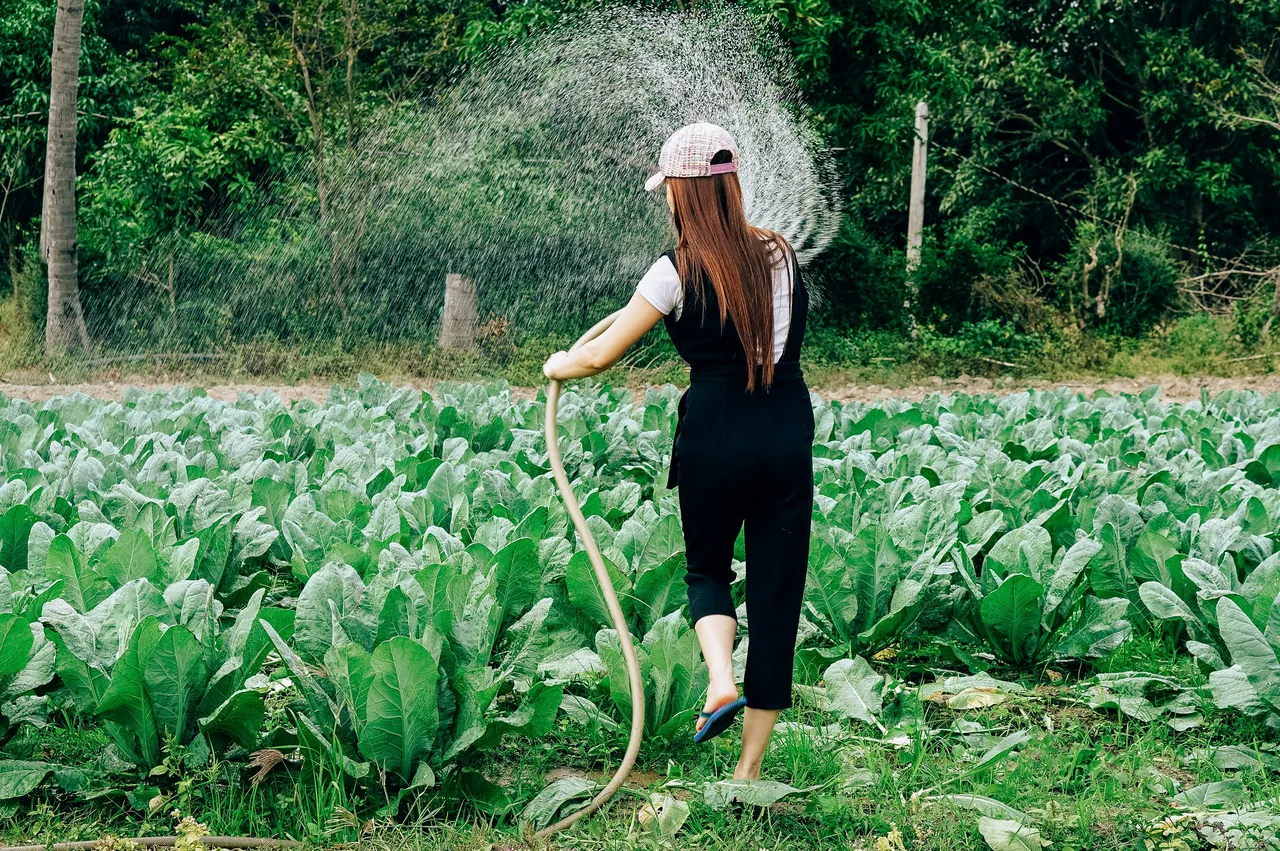
Image info
Designing a Garden for Wildlife: Creating a Biodiverse Haven
Imagine stepping into a garden alive with the sounds of chirping birds, buzzing bees, and fluttering butterflies. This garden brings joy to its caretaker and serves as a sanctuary for wildlife. Reports indicate that we are witnessing a 68% decline in global wildlife populations since 1970 (WWF, 2020). Creating a garden that supports wildlife is more than just a rewarding endeavor. It plays a vital role in maintaining healthy ecosystems. This article offers practical strategies for designing gardens that enhance biodiversity and serve as important supports for local wildlife.
Understanding Biodiversity
Biodiversity refers to the variety of life in a particular habitat or ecosystem. In gardening, it encompasses the different species of plants, animals, and microorganisms that coexist in your garden. Promoting biodiversity is important for several reasons. A diverse garden can better withstand pests and diseases. Different species can provide natural checks and balances. According to the International Union for Conservation of Nature (IUCN), biodiversity loss can lead to ecosystem collapse. This makes it imperative to foster diverse habitats. For example, a decline in pollinator populations can directly affect plant reproduction and, consequently, the entire food web. Many plants rely on pollinators like bees and butterflies for reproduction. A biodiverse garden attracts these essential creatures. This ensures your plants thrive. Diverse species create complex food webs. They support a variety of wildlife and contribute to a balanced ecosystem. Native plants often support a wider range of local fauna. They provide food and habitat for insects, birds, and mammals.
Choosing the Right Plants
Selecting the right plants is fundamental to creating a wildlife-friendly garden. Native plants are particularly beneficial because they are adapted to the local environment. They provide food and habitat for native wildlife.
Examples of Wildlife-Friendly Plants
Consider incorporating plants like milkweed. This plant attracts monarch butterflies and other pollinators. It thrives in well-drained soil and full sun. Milkweed supports not only adult butterflies but also serves as a host plant for their larvae. Coneflower is another excellent choice. It provides nectar for bees and birds. It prefers sunny locations and is drought-resistant. Its seeds serve as a food source for finches and other birds. Goldenrod is a late-season nectar source for pollinators. It grows well in various soil types and conditions. It is known to attract a variety of beneficial insects, including predatory wasps that help control pest populations.
To find the best native plants for your area, consider using the Native Plant Finder from the National Wildlife Federation. Native plants are often less resource-intensive. They require less water and maintenance and are better suited to local pests and conditions.
Creating Habitats
A successful wildlife garden includes various habitats that cater to different species. For example, flower beds should incorporate a mix of flowering plants that bloom at different times. This provides continuous food sources for pollinators. You might plant early bloomers like crocuses alongside late bloomers like asters. Additionally, small ponds or birdbaths can attract frogs, birds, and beneficial insects. Even a shallow dish of water can make a difference. It is important to ensure that water features are kept clean to prevent algae buildup. Maintaining water quality supports aquatic life and keeps the ecosystem balanced. Furthermore, using natural materials like fallen branches, log piles, or birdhouses can provide shelter for wildlife. This encourages species to take up residence in your garden. Connecting habitats improves wildlife movement. This allows animals to thrive.
Water Sources
Water is vital for wildlife, especially during dry spells. Creating water features not only attracts animals but also adds beauty to your garden. A small pond can support frogs, dragonflies, and birds. Incorporating native aquatic plants enhances the habitat. Ponds also provide breeding grounds for amphibians and habitats for aquatic insects. Simple birdbaths can offer drinking and bathing opportunities for birds. Changing the water regularly keeps it fresh. Providing a shallow edge allows smaller birds to access the water safely.
Sustainable Gardening Practices
To maintain a healthy ecosystem, it is important to adopt sustainable gardening practices. Here are some tips to consider. Reducing pesticide use is important. Chemicals can harm beneficial insects and disrupt the balance of your garden. Organic alternatives like neem oil or insecticidal soap are less harmful to wildlife. Implementing integrated pest management (IPM) strategies can help manage pests while protecting beneficial species. Composting kitchen scraps and garden waste enriches the soil and supports plant health. This practice also reduces waste and promotes a circular gardening system. Additionally, planting times that align with local ecology can further reduce pesticide needs and improve plant resilience.
Engaging with the Community
Encouraging others to create wildlife-friendly gardens can amplify your impact. Share your experiences, participate in local gardening groups, and promote the importance of biodiversity in your community. Joining local conservation efforts or visiting community gardens to exchange ideas and resources can be beneficial. Participating in local wildlife habitat restoration projects provides hands-on experience and fosters community engagement.
Conclusion
Designing a garden for wildlife is a fulfilling way to contribute to the environment while enjoying the beauty of nature. Begin transforming your garden into a wildlife haven today by planting native species and observing the wildlife it attracts. By incorporating native plants, creating diverse habitats, and practicing sustainable gardening, you can create a biodiverse haven that attracts and supports wildlife. Start your journey today by organizing a local planting event or sharing your gardening experiences on social media to inspire others to join the cause.
This article was developed using available sources and analyses through an automated process. We strive to provide accurate information, but it might contain mistakes. If you have any feedback, we'll gladly take it into account! Learn more

